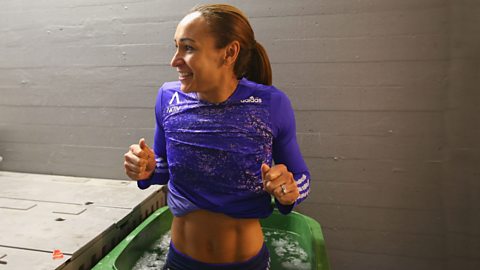The effects of the warm up and cool down process

Training should be considered to be a very deliberate and controlled process, following precise guidelines. One of those guidelines is that every session starts with a warm up and ends with a cool down. Specific training methods are used to bring about specific outcomes and even the timing and order of when to use each training method can be planned to the finest detail.
Warm up
Each training session and competitive performance should begin with a warm up, to ensure the performer is physically and mentally prepared for action. A warm up can take from ten minutes up to an hour.
- Warm up starts with pulse raising activities such as easy jogging or cycling, or anything that gently raises the heart rate.
- Next come mobility exercises for the joints, such as arm circling for shoulders, skipping for ankles and knees and pelvis swivels for the hips.
- Stretching comes next and stretches should be dynamic (moving, not held) for a warm up, such as high knees to stretch hamstrings, heel flicks to stretch quadriceps and side-steps to stretch groins.
This leads into larger dynamic movements such as lunges, agility ladder exercises, step/foot patterns and fast feet, gradually increasing in intensity and speed. Physical warm up usually finishes with skill rehearsal, which means practising the techniques used in the game. Netballers would perform passing drills and shooting or rebounding drills while tennis players hit specific shots and serve repeatedly.
The illustration shows the three primary components of an effective warm up.
Physical benefits of a warm up
A warm up prepares the body for physical activity in the following ways:
Cool down
Each training session and competitive performance should end with a cool down, to allow the body to recover more efficiently and minimise subsequent discomfort for the performer.
- Cool down starts with low intensity exercise such as light jogging, medium pace walking or easy cycling, anything that allows the heart rate to maintain an increased rate then gradually decrease.
- This is followed by stretching, which is usually more static (held) in a cool down. The major muscle groups used in the activity should be stretched.
The illustration shows the three primary components of an effective cool down.
Ice baths and massages are techniques that are also used to speed up the recovery process.

Physical benefits of a cool down
A cool down helps the body’s transition back to its resting state in the following ways: